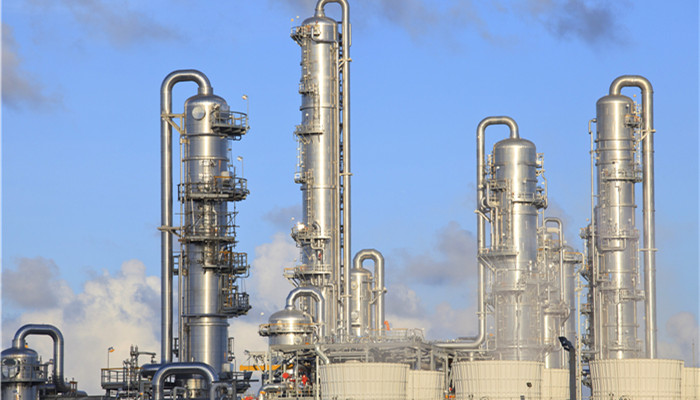
Lithium titanate has broad application prospects and the production technology of local companies needs to be improved.
Lithium titanate, also known as lithium titanium oxide, is an inorganic compound with a molecular formula of Li4Ti5O12 and a structure of spinel solid solution. Lithium titanate appears as white powder and is insoluble in water. Lithium titanate is a zero-strain material and can be used as anode material for lithium titanate batteries. It has the advantages of being able to charge and discharge at high rates, having good cycle performance, not easily producing lithium dendrites, and having a stable discharge voltage.
According to the “2023-2027 Lithium Titanate Industry In-depth Market Research and Investment Strategy Suggestions Report released by the Industrial Research Center, titanium The main raw materials of lithium acid include titanium dioxide, lithium carbonate, lithium hydroxide, titanium hydroxide, etc. According to statistics from the Department of Raw Materials Industry of the Ministry of Industry and Information Technology, in the first half of 2022, my country’s lithium carbonate production reached 168,000 tons, a year-on-year increase of 42.4%; lithium hydroxide production reached 110,000 tons, a year-on-year increase of 35.0%. The advantages of raw materials have laid the foundation for the development of my country’s lithium titanate industry, with its output exceeding 18,000 tons in 2022. However, currently, due to technical barriers, the price of lithium titanate in my country has been running at a high level for a long time, resulting in low market penetration.
The main preparation methods of lithium titanate include hydrothermal method, solid phase method, and sol-gel method. Hydrothermal method refers to using organic solution or water as solvent under closed conditions, placing titanium source and lithium source into a high-pressure reaction kettle, and finally producing lithium titanate through high-temperature heating, washing, drying and other processes; solid-phase method It refers to first mixing titanium source and lithium source, then ball milling and high-temperature calcining to obtain lithium titanate. This method has the advantages of low production cost and simple operation, and is the mainstream preparation method of lithium titanate; the sol-gel method has complicated operations. , high production costs and other issues, making it unsuitable for large-scale production.
Lithium titanate battery is a lithium titanate end product. In recent years, my country’s new energy automobile industry has developed rapidly, driving the market demand for lithium titanate batteries to become increasingly strong. In 2022, the size of my country’s lithium titanate battery market will exceed 550 million yuan. Lithium titanate, as the negative electrode material of lithium titanate batteries, can effectively improve its safety and charge and discharge speed. As the enthusiasm for research and development of Chinese enterprises continues to rise, the production cost of lithium titanate is expected to decrease, which will bring broad space for the development of the lithium titanate battery industry.
In the “National Industrial Energy Saving Technology Application Guide and Cases (2022 Edition)” released by the Department of Energy Conservation and Comprehensive Utilization of the Ministry of Industry and Information Technology in 2022, it is clearly mentioned that the lithium titanate power type high-efficiency energy storage system uses lithium titanate monomer as the The battery core can fully meet the “second-level” response requirements of power grid dispatching. This means that lithium titanate will have broad application prospects in the field of energy storage.
Industry analysts said that lithium titanate has the advantages of not easily producing lithium dendrites and stable discharge voltage, and can be used as lithium titanate batteries. As for anode materials, as my country’s energy storage technology continues to make breakthroughs, the market demand for lithium titanate will continue to grow. However, due to current technical barriers, my country’s lithium titanate production costs are high and output growth is slow. Local companies urgently need to increase investment in research and development to improve product quality and output.

 微信扫一扫打赏
微信扫一扫打赏

